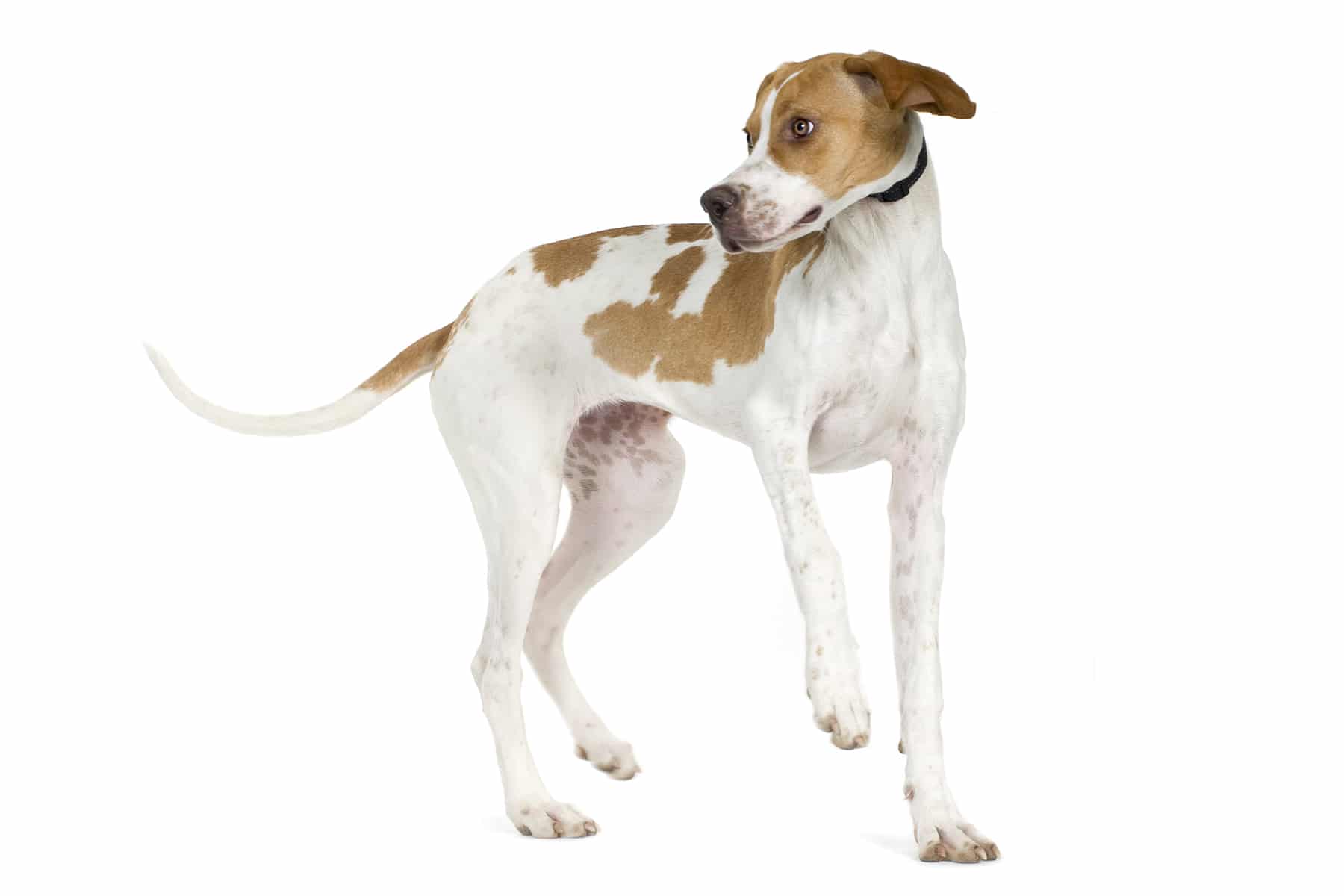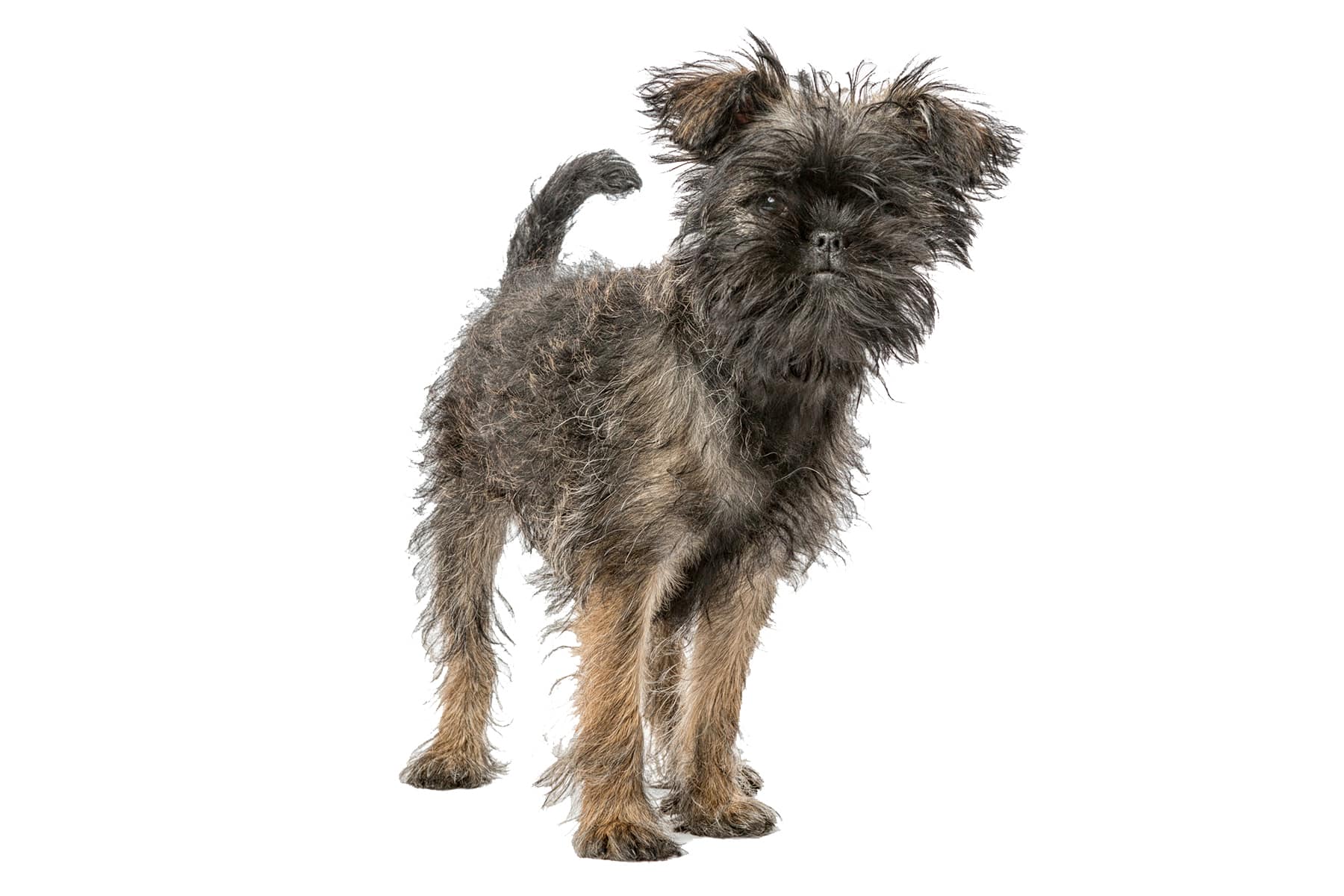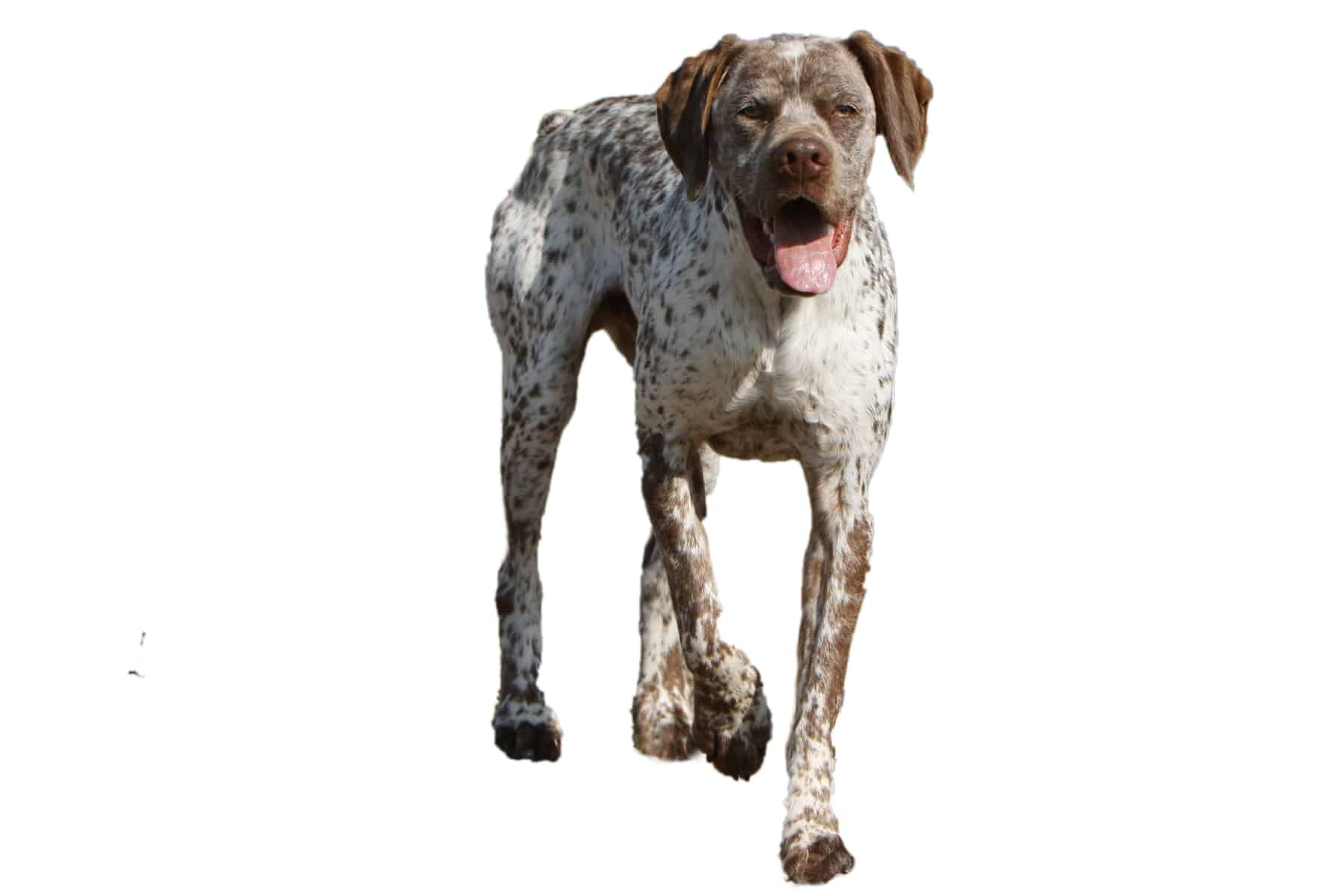Westphalian Dachsbracke



Temperament:
The Westphalian Dachsbracke is a hunting dog and a smaller version of the German Hound. This breed is not as well-known and popular as the French Bulldog, for example. Nevertheless, it is worth taking a look at the breed portrait of these friendly dogs.
Characteristics
At 30 to 40 cm, the Westphalian Dachsbracke is somewhat smaller than its ancestor, the German Hound. However, they are much more compact and strong. Due to their elongated build, they were originally bred to cope with the ever-shrinking hunting grounds.
The head is medium sized, the tail stands upwards like a sabre when walking normally. The coat is short, dense and rough, the color varies from red to yellow, with the typical black saddle or coat clearly visible.
In addition, there are the markings of the breed:
- Paleness or snip
- White muzzle with neck ring
- White breast
- White barrels
- White rod tip
Two-colored dogs, black or chocolate-brown heads are undesirable or faulty.
The ears are generally of medium length, broad, close to the body and slightly rounded at the base.
The nature of these dogs is friendly, very intelligent and curious. Due to their hunting instinct, they need to be physically challenged. However, they are adaptable and are very well suited to small families - even with children. It is important that everyone in the family is consistent. This intelligent breed recognizes very quickly where there is a lack of training. A calm but firm hand is therefore an advantage.
Coat care:
Shedding:
Energy level:
Trainability:
Children suitable:
The right food
When choosing food, make sure that it contains high-quality ingredients, is balanced and meets your dog's requirements. Age, size or weight, activity and health status play an important role. You should follow the manufacturer's recommendations for the amount of food.
Treats should only be fed in moderation and deducted from the basic diet to avoid obesity.
Puppies can be fed 4-6 times a day. The number of meals should be gradually reduced to 2 per day until the dog is fully grown. A rest period should be observed after meals.
Fresh drinking water should be available at all times.
Health & Care
Due to its short coat, the Westphalian Dachsbracke is very easy to groom. But it is especially good for the bond between you and your dog if you brush it every day. This will help your dog to shed its hair and at the same time build trust between you.
Eyes and ears should be cleaned regularly with a clean, damp cloth. The claws should also be trimmed if they do not wear off by themselves.
Teeth should also be brushed using a dog toothbrush and dog toothpaste. Alternatively, you can give your dog special chewy items for their teeth or bones or air-dried meat snacks such as rumen, beef skin, Ziemer etc. in between.
As far as diseases are concerned, you will get a very robust four-legged friend with this dog. There are no known breed-specific diseases.
Suitable accessories
No special accessories are required to keep this dog. However, attention should be paid to species-appropriate housing conditions:
- House, preferably with a garden: The Westphalian Dachsbracke needs exercise and something to do. A garden in which you can incorporate brain teasers with treats or where they can run around extensively often helps.
- Rural surroundings: A home in rural surroundings is more suitable than an apartment in the middle of the city to satisfy the urge to move around.
- Understanding neighbors: Hunting is in the blood of this breed. It indicates noises or game with sounds. However, it does not differentiate between actual game and neighbors. This can quickly become annoying.
Appropriate training in puppyhood is therefore important.
As basic equipment, your dog needs a collar or harness with a lead, a dog basket or dog mat as a retreat, water and food bowl, tick tweezers, claw clippers, mild dog shampoo, brush and comb or rubber curry comb, toothbrush and toothpaste for dogs, transport box for transportation in the car and a first aid kit. It's best to ask your vet what should be in the first aid kit.
If you also want to go hunting with your dog, he will also need hunting accessories.

Origin & History
The Westphalian Dachsbracke belongs to the Swiss Lowland Dogs. It was bred at the end of the 19th century from German Hounds and Steinbracken. Here it was used especially for hunting in smaller hunting grounds, where its ancestors had problems due to their size.
However, records from the 16th century already mention dogs that are very similar to the Westphalian Dachsbracke. At that time, they were used especially for hunting in the fields because of their size and agility. Today, the Westphalian Dachsbracke is mainly used for the following types of hunting:
- Lautjagd: rummage hunt for rabbit, hare and fox
- driven and rummage hunting: cloven-hoofed game, roe deer
- Welding work: hunting cloven-hoofed game
- Rummaging and retrieving small game
The Westphalian Dachsbracke breed is generally considered to be endangered because the breeding base is very small.





